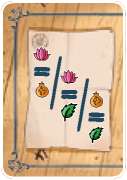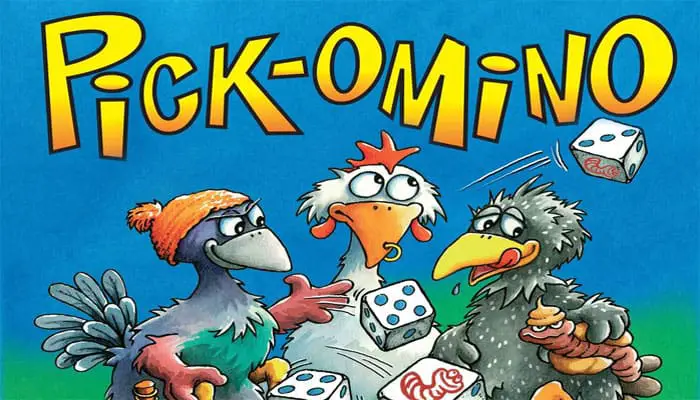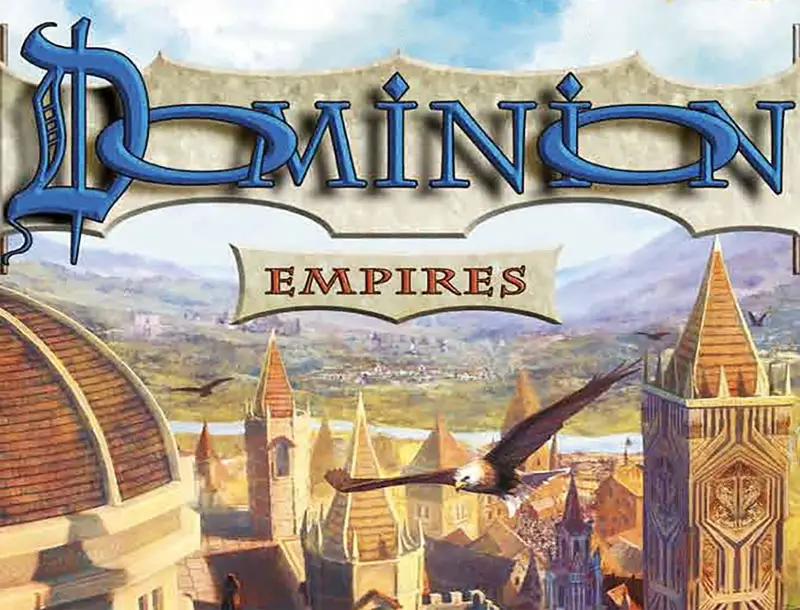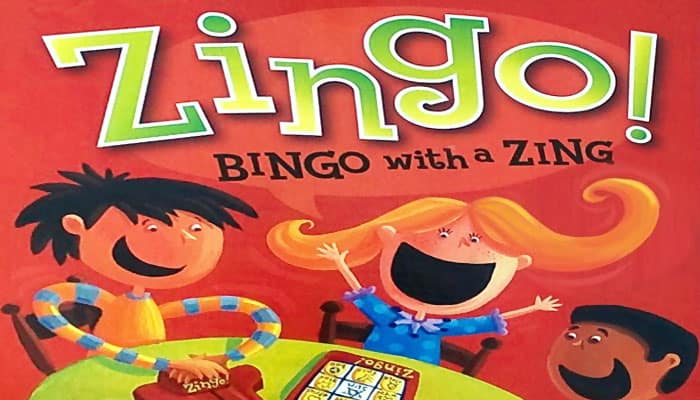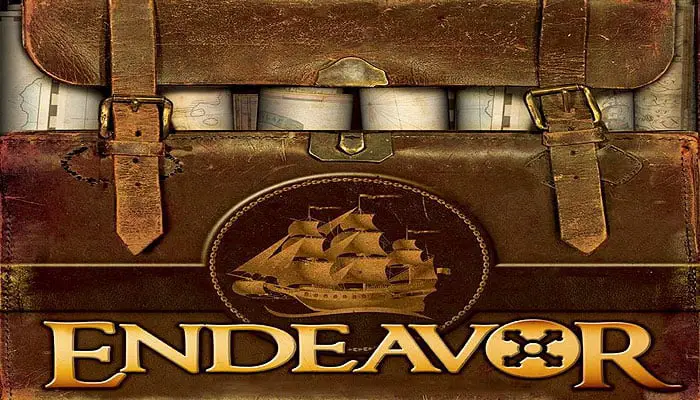

Electrician
Once per turn, the Electrician may add (or remove) a wire token to a component on her tile for free. She also starts the game with the most health of all the adventurers.
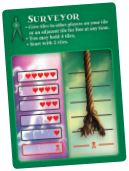
Surveyor
Hie Surveyor starts with 2 tiles at die beginning of the game and can hold 4 in hand. He can also give tiles to other players on his tile or an adjacent tile for free at any time.
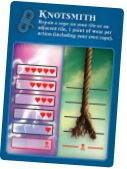
Knotsmith
The Knotsmith may spend actions to repair the rope belonging to a player on his tile or an adjacent tile by 1 point of wear per action. …









